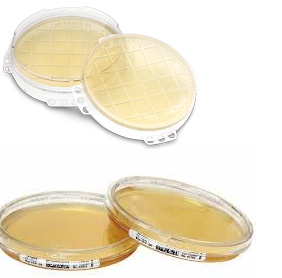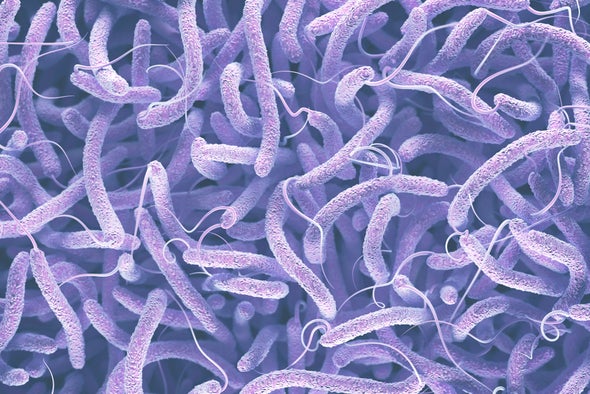ACTIVE AIR MONITORING
Active air monitoring also involve the use of settle plates or sedimentation culture plates (as is applicable in passive air sampling) and contact plates for the monitoring of air quality. It involves extracting a set volume of air within a given environment into a calibrated sampler which is then passed onto the surface on an […]
ACTIVE AIR MONITORING Read More »
Environmental & Soil Microbiology, Food Microbiology, Pharmaceutical Microbiology









